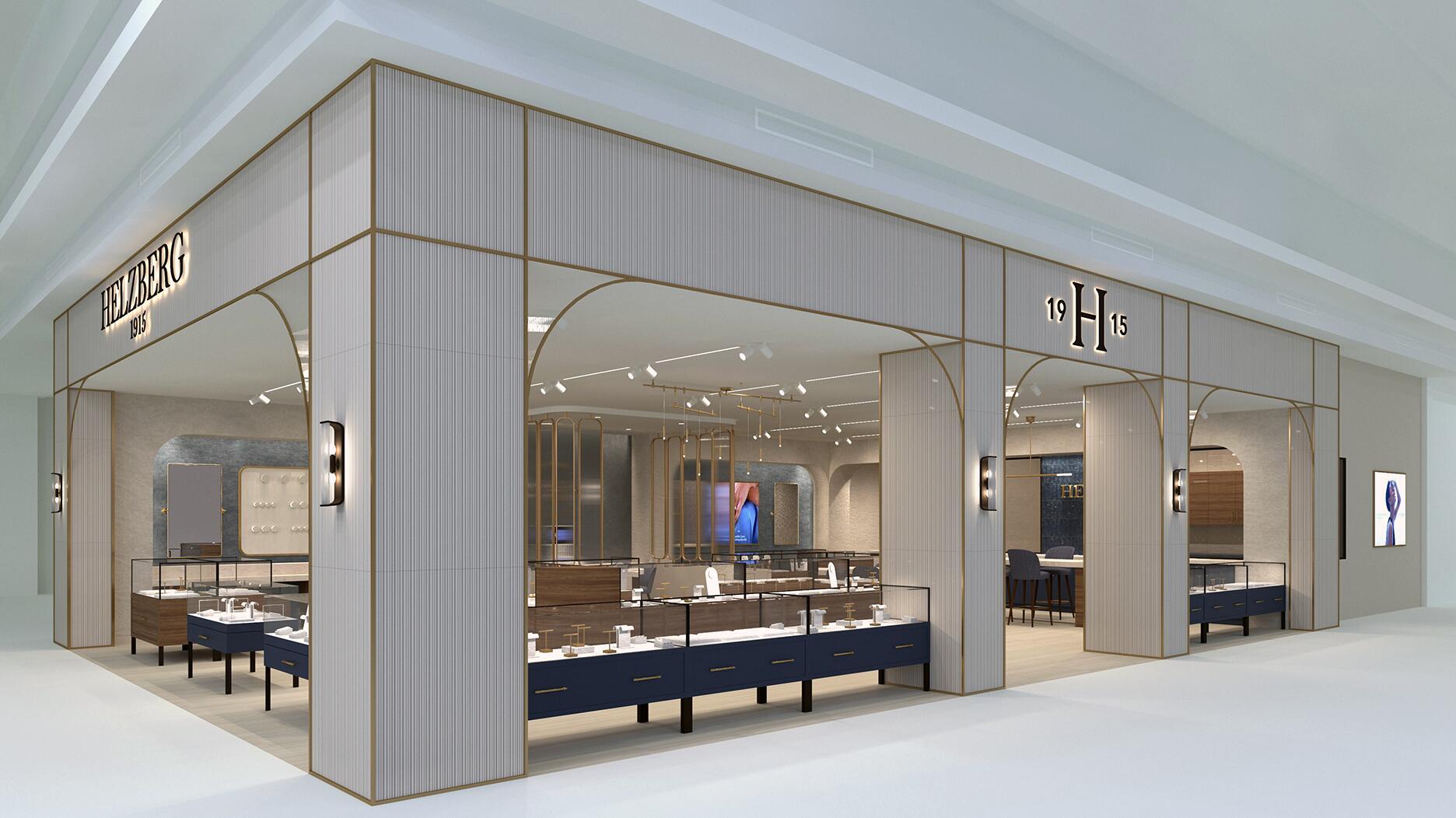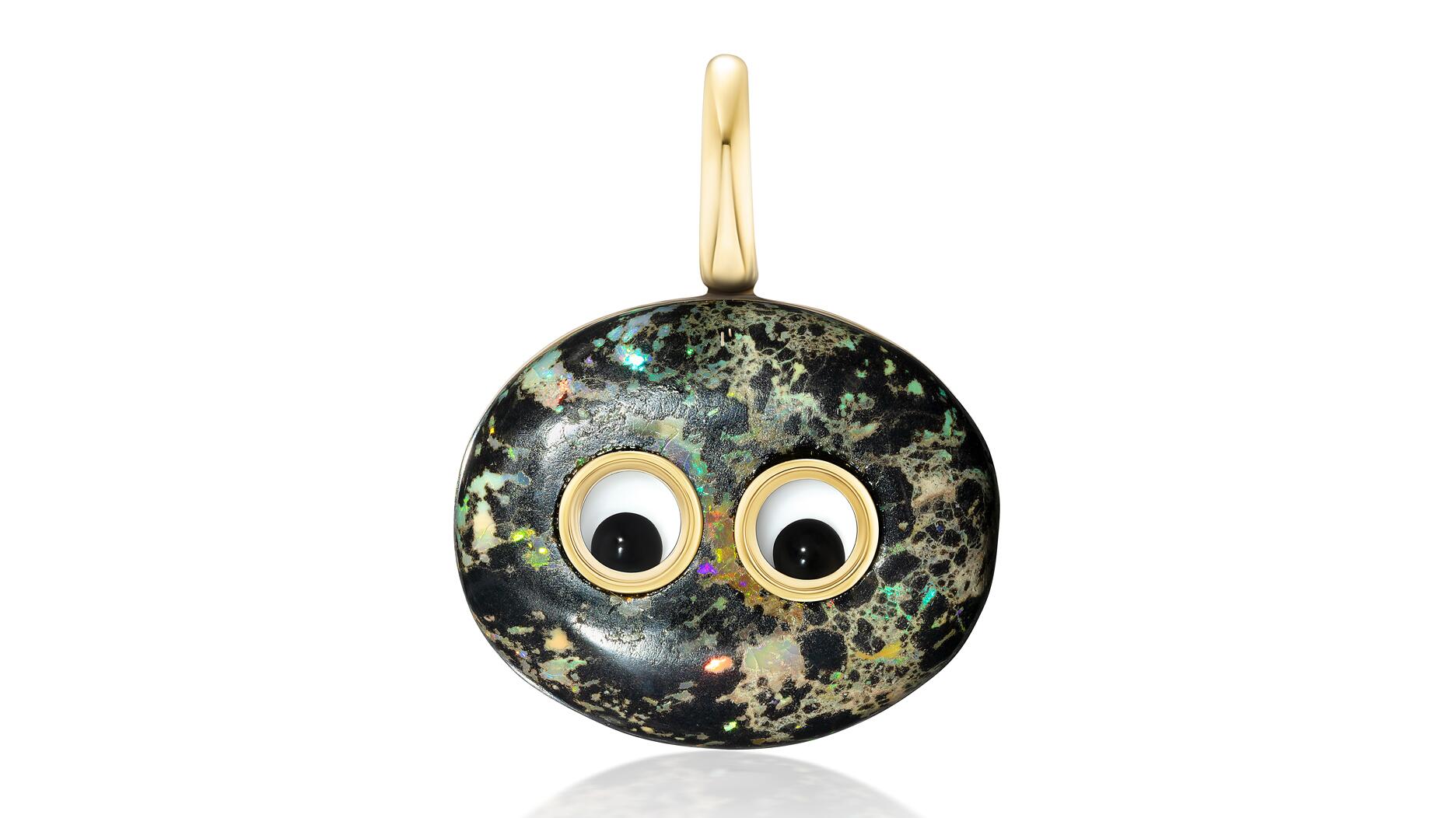The former BHP Billiton leader and Gemfields chairman is remembered for his influential leadership throughout his 50-year mining career.
6 Takeaways from the Bangkok Gem and Jewelry Show
Senior Editor Brecken Branstrator shares insights and observations from a recent trip.

Last week, I attended the edition of the Bangkok Gems and Jewelry Fair for the second time.
The event, which ran from Feb. 21 to 25 and was held by the Thailand Ministry of Commerce’s Department of International Trade Promotion, had the theme of “Heritage & Craftsmanship” for this edition, highlighting the country’s cultural heritage and the craftsmanship of its designers and brands.
After spending some time on the show floor chatting with exhibitors and members of Thailand’s Department of International Trade Promotion (DITP), here are a few interesting notes I brought back with me.
1. Thai gem and jewelry exports are up (for the most part).
Show organizers said total exports of gem and jewelry products from the country were down nearly 10 percent compared to 2016 due mostly to a steep drop in “unwrought” gold exports.
Excluding that gold, gem and jewelry exports in 2017 were up by a little more than 2 percent in 2016.
That number represents a turnaround, albeit slight, for the country, which the DITP attributed to an improving world economy, the department’s help with marketing the country’s designers and brands, and its jewelry import duty exemption.
This year, they’re estimating growth in the sector of between 1 and 3 percent.
2. The U.S. market is a focus.
The U.S. remains a priority for Thailand; right now, the country represents a $1 billion export market for the country, according to DITP numbers.
The number of visitors to the show from the U.S. continues to grow, and show organizers will continue to try to attract buyers from our country as its importance as an export market grows.
Officials added that they are working to improve the Thai gem and jewelry sector’s image with U.S. consumers.
While Thailand might be known to the trade as a manufacturer of quality products, with many large global brands like Pandora and Georg Jensen producing pieces in the country, show organizers said they believe end consumers don’t often know that their products are made in Thailand.
The Thai government said it will work to boost the country’s image and demonstrate to the end-buyer that gems and jewelry from the country are high quality for a reasonable price.
3. Colored stones have the biggest potential.
There were a lot of great product categories at the show but, to me, it seemed clear that establishing itself as the market for quality loose
According to show organizers, colored gemstone exports to the U.S. increased 5 percent year-over-year in 2017, outpacing growth in all other categories.
What’s more, the category also saw a 13 percent increase in overall export numbers to all countries last year, proving to be one of Thailand’s strongest.
About one-third of exhibitors at the 61st Bangkok Gems and Jewelry Fair were loose stone dealers.
While we were walking around the show, we saw plenty of emeralds, sapphires and rubies, which all seemed to reign in the market, but also noted a lot of interesting greens--including peridot and large quantities of chrome diopside, which I had never seen so much of--opals, tourmaline and of course, plenty of spinel.
But since Thailand “lacks” the “raw resources”--meaning rough gemstones, as few are actually mined in the country anymore--the DITP said, it will continue to focus on attracting dealers and business from abroad and providing high-quality manufacturing and production technology to created value-added products.
4. Thailand needs to focus on technology.
A few times, officials spoke about how the country was lacking in advanced technology, especially in terms of what it can provide to small and mid-sized businesses.
If it’s going to increasingly rely on jewelry production and the quality of design and innovation of Thai brands as another of its selling points, as was emphasized by the show’s theme, it’s going to have to step up in that area to help it be competitive in the international market.

5. But there’s still plenty of good product coming out.
When I was at the show in September 2016, organizers were starting to recognize the importance of supporting emerging talent and were incorporating areas within the show to emphasize new brands and students as well.
There were even more this time, such as “The New Faces,” a platform for small- and mid-sized Thai manufacturers and designers who haven’t exhibited at the show before, the “Innovation and Design Zone” and “The Jewellers,” among others.
Many other members of the international press also commented that the quality of what they were seeing increasing, and I saw plenty that I liked.
Thailand is known for its silver making, and there were many brands, like Karen Silver Design and Lanna Silver, that I think would be saleable in the U.S. if they wanted, putting the design aspect first and foremost.
Beyond that there were plenty of interesting, organic designs that I could easily see being sold by U.S. retailers, like Goldlip Jewelry with its earthy designs and bright stones, and Tara Ebony Jewelry, featuring beautiful gems set in stunning carved dark wood.
6. They are developing their own ethical sourcing protocol.
With the growing importance of ethical and responsible sourcing in the market, DITP officials said they have been in discussions with CIBJO about establishing a standard to ensure transparency and traceability in colored stones called the “Bangkok Protocol.”
But they added that since it deals with such a complex matter and requires approval from various parts of the private sector and the government, it currently is in the feasibility study stage.
The Latest

The LVMH-owned brand has partnered with the costume design union to revamp its award for 2026.

The luxury titan inked a deal to acquire an initial minority stake in the jewelry manufacturer with a pathway to full ownership by 2032.

How Jewelers of America’s 20 Under 40 are leading to ensure a brighter future for the jewelry industry.

The company’s curation of unsigned vintage and estate jewelry debuted at the Bloomingdale’s in Costa Mesa, California.


In the recent multi-shipment seizure, CBP also found counterfeit Audemars Piguet, Moncler, and Chrome Hearts items.

Jewelers of America execs and National Jeweler editors discuss tariffs, the sky-high gold price, and the engagement that broke the internet.

Roseco’s 704-page catalog showcases new lab-grown diamonds, findings, tools & more—available in print or interactive digital editions.

The luxury goods company said founder Ippolita Rostagno will remain at the brand’s helm.

Laura Burdese, who joined the Italian luxury brand in 2022, will take on the role in July.

Need a gift for the cat lover who has everything? Look no further than our latest Piece of the Week.

It purchased the “Grosse Pièce,” an ultra-complicated Audemars Piguet pocket watch from the ‘20s, for a record-breaking price at Sotheby’s.

The lab-grown diamond grower now offers custom engagement and fashion jewelry through its Kira Custom Lab Jewelry service.

Chandler got his start at Michelson Jewelers and has served as DCA president and CEO since 2001. He will retire at the end of the month.

The boutique is slated to open this week inside Terminal 8, offering pre-owned Rolex watches and more to international travelers.

Sponsored by Digital Monitoring Products

The special-edition egg pendant ingested in a New Zealand jewelry store was recovered after a six-day wait.

Associate Editor Natalie Francisco plays favorites with Piece of the Week, selecting a standout piece of jewelry from each month of 2025.

The “Love and Desire” campaign is inspired by the magic that follows when one’s heart leads the way, said the brand.

Two awardees will receive free tuition for an educational course at the Swiss lab, with flights and lodging included.

Berta de Pablos-Barbier will replace Alexander Lacik at the start of January, two months earlier than expected.

Sotheby’s held its first two jewelry sales at the Breuer building last week, and they totaled nearly $44 million.

Winners will receive free registration and lodging for its fourth annual event in Detroit.

Here are six ideas for making more engaging content for Instagram Reels and TikTok, courtesy of Duvall O’Steen and Jen Cullen Williams.

The honorees include a notable jewelry brand, an industry veteran, and an independent retailer.

Carlos Jose Hernandez and Joshua Zuazo were sentenced to life without the possibility of parole in the 2024 murder of Hussein “Sam” Murray.

Yood will serve alongside Eduard Stefanescu, the sustainability manager for C.Hafner, a precious metals refiner in Germany.



























